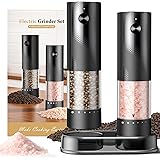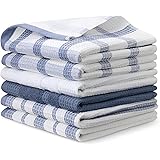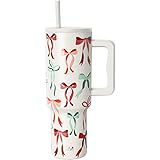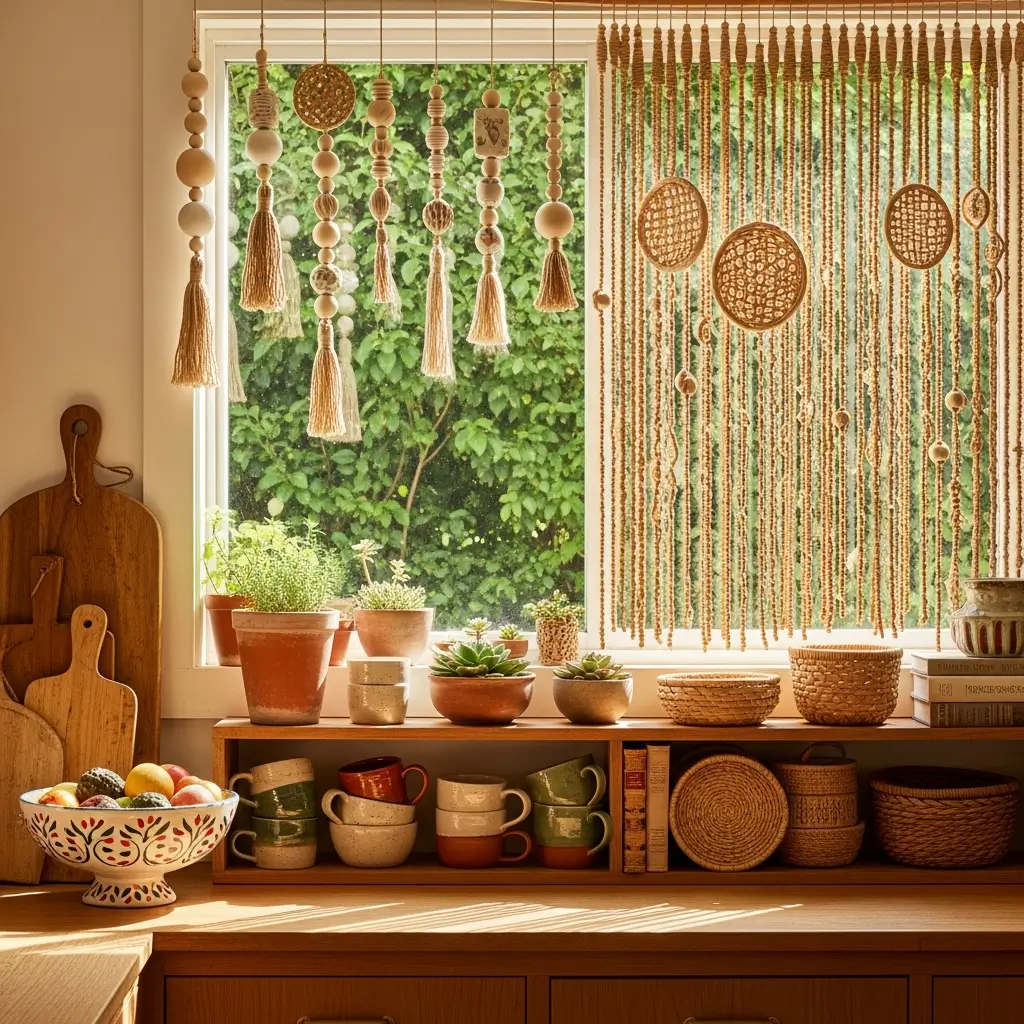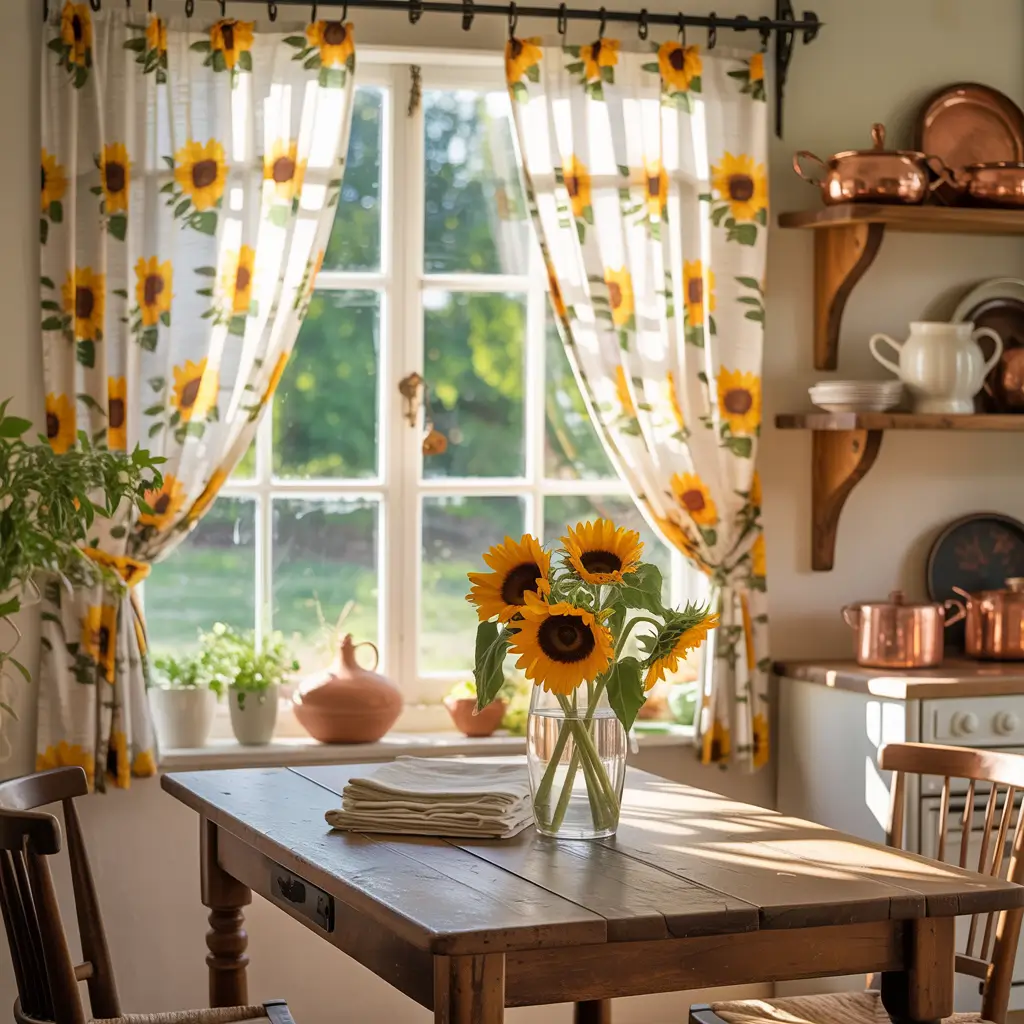15 Stylish Small Open Concept Kitchen Living Room Ideas for Space
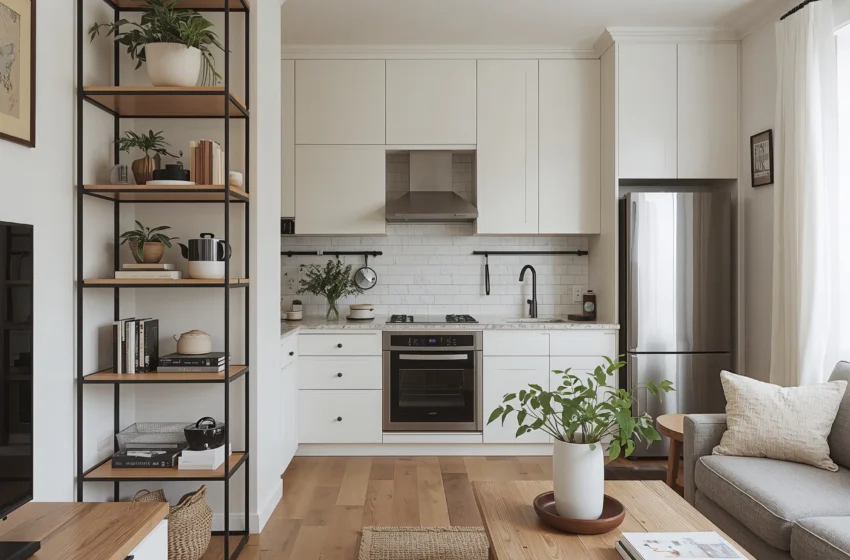
Owala FreeSip Insulated Stainless Steel Water Bottle with Straw, BPA-Free Sports Water Bottle, Great for Travel, 24 Oz, Denim
$29.99 (as of November 11, 2025 20:59 GMT +00:00 - More infoProduct prices and availability are accurate as of the date/time indicated and are subject to change. Any price and availability information displayed on [relevant Amazon Site(s), as applicable] at the time of purchase will apply to the purchase of this product.)STANLEY Quencher H2.0 Tumbler with Handle and Straw 40 oz | Flowstate 3-Position Lid | Cup Holder Compatible for Travel | Insulated Stainless Steel Cup | BPA-Free | Plum
$26.55 (as of November 11, 2025 20:59 GMT +00:00 - More infoProduct prices and availability are accurate as of the date/time indicated and are subject to change. Any price and availability information displayed on [relevant Amazon Site(s), as applicable] at the time of purchase will apply to the purchase of this product.)Rubbermaid Brilliance Food Storage Containers BPA Free Airtight Lids Ideal for Lunch Meal Prep & Leftovers Set of 5 (3.2 Cup)
$27.99 (as of November 11, 2025 20:59 GMT +00:00 - More infoProduct prices and availability are accurate as of the date/time indicated and are subject to change. Any price and availability information displayed on [relevant Amazon Site(s), as applicable] at the time of purchase will apply to the purchase of this product.)Etekcity Food Kitchen Scale, Digital Grams and Ounces for Weight Loss, Baking, Cooking, Keto and Meal Prep, LCD Display, Medium, 304 Stainless Steel
$13.99 (as of November 11, 2025 20:59 GMT +00:00 - More infoProduct prices and availability are accurate as of the date/time indicated and are subject to change. Any price and availability information displayed on [relevant Amazon Site(s), as applicable] at the time of purchase will apply to the purchase of this product.)Alpha Grillers Meat Thermometer Digital - Instant Read Food Thermometer for Cooking and Grilling Stocking Stuffers for Men Christmas Gifts for Men
$13.58 (as of November 11, 2025 20:59 GMT +00:00 - More infoProduct prices and availability are accurate as of the date/time indicated and are subject to change. Any price and availability information displayed on [relevant Amazon Site(s), as applicable] at the time of purchase will apply to the purchase of this product.)Crock-Pot 7 Quart Oval Manual Slow Cooker, Stainless Steel (SCV700-S-BR), Versatile Cookware for Large Families or Entertaining
$47.99 (as of November 11, 2025 20:59 GMT +00:00 - More infoProduct prices and availability are accurate as of the date/time indicated and are subject to change. Any price and availability information displayed on [relevant Amazon Site(s), as applicable] at the time of purchase will apply to the purchase of this product.)KitchenAid Classic Multifunction Can Opener and Bottle Opener Easy to Use, Razor Sharp Stainless Steel Cutting Wheel, Soft Ergonomic Handles, Black
$14.35 (as of November 11, 2025 20:59 GMT +00:00 - More infoProduct prices and availability are accurate as of the date/time indicated and are subject to change. Any price and availability information displayed on [relevant Amazon Site(s), as applicable] at the time of purchase will apply to the purchase of this product.)Owala SmoothSip Slider Insulated Stainless Steel Coffee Tumbler, Reusable Iced Coffee Cup, Hot Coffee Travel Mug, BPA Free 12 oz, Vanilla Bean
$24.99 (as of November 11, 2025 20:59 GMT +00:00 - More infoProduct prices and availability are accurate as of the date/time indicated and are subject to change. Any price and availability information displayed on [relevant Amazon Site(s), as applicable] at the time of purchase will apply to the purchase of this product.)HydroJug Traveler - 32 oz Water Bottle with Handle & Flip Straw - Fits in Cup Holder, Leak Resistant Tumbler-Reusable Insulated Stainless Steel & Rubber Base - Gifts for Women & Men, Pink Sand
$34.99 (as of November 11, 2025 20:59 GMT +00:00 - More infoProduct prices and availability are accurate as of the date/time indicated and are subject to change. Any price and availability information displayed on [relevant Amazon Site(s), as applicable] at the time of purchase will apply to the purchase of this product.)ThermoPro TP19H Digital Meat Thermometer for Cooking with Ambidextrous Backlit and Motion Sensing Kitchen Cooking Food Thermometer for BBQ Grill Smoker Oil Fry Candy Instant Read Thermometer
$14.99 (as of November 11, 2025 20:59 GMT +00:00 - More infoProduct prices and availability are accurate as of the date/time indicated and are subject to change. Any price and availability information displayed on [relevant Amazon Site(s), as applicable] at the time of purchase will apply to the purchase of this product.)Living in a small space with an open concept kitchen and living room used to make me feel like I was cooking in my bedroom. Seriously, nothing says “romantic dinner” like the smell of sautéed onions wafting over to your couch while you’re trying to binge-watch Netflix.
But after years of trial, error, and one too many furniture rearrangements, I’ve cracked the code on making these compact spaces actually work.
Small open concept living isn’t about compromising – it’s about getting creative. I’ve transformed my own 600-square-foot apartment from a cluttered mess into a space that friends refuse to believe is under 1,000 square feet.
The secret? Smart design choices that make every inch count without making you feel like you’re living in a storage unit.
Whether you’re dealing with a studio apartment or just a cozy home, these 15 ideas will show you how to create a small open concept kitchen and living room that feels spacious, functional, and dare I say it – actually enjoyable to live in.
Compact Kitchen Island with Seating

Let me tell you about the day I realized my kitchen island could do more than just collect mail and forgotten bananas. A compact island with built-in seating literally changed how I use my entire space. It’s like having a Swiss Army knife in furniture form.
My current island measures just 36 by 24 inches, but it packs a serious punch. The waterfall edge on one side provides bar seating for two, while the other side houses pull-out drawers for everything from dish towels to my ever-growing collection of takeout menus. During parties, it transforms into a buffet station, and on regular days, it’s where I eat 90% of my meals.
The key to making a compact island work is choosing one that fits your space’s flow. Too big and you’re doing the kitchen shuffle dance every time you cook. Too small and it’s just an expensive cutting board. Measure your walkways – you need at least 36 inches of clearance on all sides for comfortable movement.
Island Features That Matter
Essential elements for small space islands:
- Wheels or casters for flexibility (lock them during use)
- Drop-leaf extensions for extra prep space
- Built-in storage on all sides
- Overhang of 9-12 inches for knee room
Multi-Functional Furniture for Open Spaces

Multi-functional furniture in small open concepts is non-negotiable. If a piece only does one thing, it better be really special or really small. Everything else needs to work harder than a coffee-fueled intern on deadline day.
My coffee table lifts up to become a dining table (game changer for TV dinners that aren’t on your lap). The ottoman opens for blanket storage and rolls over to become extra seating. Even my side table has a built-in charging station and hidden drawer. It’s like living in a transformer movie, but with less explosions and more storage.
The magic happens when you stop thinking of furniture as single-purpose items. That console behind your sofa? It’s also your bar, your office supply storage, and your display shelf. Once you embrace this mindset, your small space suddenly has room for everything.
Multi-Tasking Furniture MVPs
Top performers in small spaces:
- Storage ottomans that work as coffee tables
- Expandable dining tables with leaves
- Sofa beds that actually look good as sofas
- Nesting tables for flexible surface space
Minimalist Small Kitchen Living Room Layout

Minimalism in small open concepts isn’t about living with three forks and a camping chair. It’s about being intentional with what you keep and where you put it. Trust me, I learned this after my maximalist phase ended with me unable to find my couch under all the throw pillows.
My minimalist awakening started with a simple question: does this add value or just take up space? Now my kitchen has clean counters with appliances tucked away, and my living room features just the essentials – sofa, coffee table, one accent chair. The visual breathing room makes the space feel twice as large.
The layout is crucial here. I positioned my sofa to create a natural division between kitchen and living areas without blocking sightlines. Everything has its place, and more importantly, everything has A place – not five possible homes depending on my mood.
Minimalist Layout Principles
Creating calm in small spaces:
- Clear pathways between all areas
- Consistent color palette throughout
- Hidden storage for daily clutter
- One statement piece maximum per zone
Also Read: 15 Gorgeous Open Shelf Kitchen Ideas for a Fresh Look
Space-Saving Storage Solutions

Storage in small open concepts requires ninja-level creativity. You need to hide the chaos of daily life while keeping essentials accessible. It’s basically organizational gymnastics, and I’m here to share the gold medal moves.
My apartment is secretly 40% storage. The stairs to my loft bed? Each one is a drawer. The kitchen backsplash? Magnetic knife strip and spice rack. That innocent-looking mirror? Jewelry cabinet in disguise. Even my dining bench opens up to store everything from board games to winter blankets.
The trick is thinking vertically and sneakily. Every surface is potential storage if you’re creative enough. Wall-mounted everything saves floor space, while furniture with hidden compartments keeps clutter out of sight. Your guests will think you’re naturally tidy. We’ll keep the truth between us.
Storage Solutions That Actually Work
Game-changing storage ideas:
- Ceiling-mounted pot racks in the kitchen
- Under-sofa storage boxes on wheels
- Wall-mounted desks that fold flat
- Vertical dividers in deep drawers
Scandinavian Open Concept Design

Scandinavian design in small spaces is like a breath of fresh Nordic air. It’s bright, functional, and makes you want to drink tea while wearing chunky knit sweaters. The style’s emphasis on simplicity and light makes it perfect for compact open concepts.
I went full Scandi after visiting Copenhagen and falling in love with their tiny-but-mighty apartments. Now my space features light wood furniture, white walls, and more plants than a greenhouse. The natural materials and neutral palette create this cohesive flow that makes my kitchen and living room feel like one harmonious space.
What really sells the Scandinavian vibe is the commitment to function-first design. Every piece serves a purpose, nothing is purely decorative (except maybe that one sheepskin throw), and natural light is treated like the precious resource it is.
Scandi Style Essentials
Bringing hygge home:
- Light wood tones throughout
- Minimal color palette (white, gray, black)
- Cozy textiles in natural fibers
- Green plants for life and color
Cozy Small Living Room Corners

Creating cozy corners in small open concepts gives you mini destinations within your space. It’s like having multiple rooms without the walls. My reading nook has become my favorite 3-square-foot escape from reality.
I carved out my cozy corner by angling an accent chair toward the window and adding a small side table and floor lamp. This tiny zone feels separate from both kitchen and main living area, even though it’s literally three feet from my stove. A soft throw and a basket of books completed the transformation.
The secret to successful corners is making them intentional, not accidental. Don’t just shove a chair in a corner and call it done. Layer in lighting, add a small rug to define the space, and make it somewhere you actually want to spend time.
Corner Magic Tricks
Creating inviting nooks:
- Angled furniture placement for separation
- Task lighting for function
- Small area rug to define space
- Wall shelves for vertical interest
Also Read: 15 Elegant Small Open Kitchen and Living Room Ideas for
Bright and Airy Color Schemes

Color in small open concepts can make or break your space. Choose wrong and you’re living in a cave. Choose right and suddenly your shoebox feels like a loft. After painting my apartment “moody purple” (what was I thinking?), I learned this lesson the expensive way.
My current palette is all about soft whites, warm grays, and natural wood tones. Boring? Maybe. But my space feels twice as large and infinitely more peaceful. I add personality through textiles and art that can change with seasons or moods without requiring a full repaint.
The key is using color strategically. Light colors on walls and large furniture pieces expand the space. Darker accents in small doses add depth without overwhelming. And please, for the love of good design, paint your ceiling white. Dark ceilings in small spaces are like wearing a hat that’s too small – unnecessarily uncomfortable.
Color Strategies That Work
Making small spaces feel larger:
- White or light gray walls throughout
- One accent color used sparingly
- Natural wood for warmth
- Metallic accents for light reflection
Sliding Partitions for Flexible Space

Sliding partitions in small open concepts are like having a magic wall that appears only when needed. Want privacy while cooking? Slide it closed. Hosting a party? Wide open for flow. It’s the mullet of interior design – business when you need it, party when you don’t.
I installed a barn-style sliding panel between my kitchen and living area last year, and it’s been a game-changer. The frosted glass lets light through while hiding my kitchen disasters during dinner parties. When open, it tucks against the wall and practically disappears.
The beauty of sliding partitions is their flexibility. Unlike pocket doors that require wall reconstruction, most sliding systems mount to the wall or ceiling. You can even DIY with some basic hardware and a cool door. Just make sure your chosen panel isn’t too heavy for your wall type – ask me how I know :/
Sliding Partition Options
Flexible division solutions:
- Barn door style for rustic charm
- Glass panels for light transmission
- Fabric panels for soft division
- Bi-fold options for corner spaces
Modern Small Kitchen Lighting Ideas

Lighting in small open concept spaces needs to work harder than a personal trainer in January. You need task lighting for cooking, ambient lighting for living, and somehow it all needs to look cohesive. No pressure, right?
My lighting plan includes under-cabinet LEDs for prep work, pendant lights over the island for style and function, and a statement floor lamp in the living area. The key was choosing fixtures with similar finishes (matte black in my case) to create visual continuity between zones.
Layer your lighting like you’re creating a lighting lasagna. Start with ambient ceiling lights, add task lighting where you work, then finish with accent lighting for atmosphere. Dimmers are your best friend – they let you transform from bright cooking space to moody lounge with a simple slide.
Lighting Layers for Success
Essential lighting elements:
- Under-cabinet strips for task lighting
- Pendant lights for island/dining
- Floor lamps for living area ambiance
- Smart bulbs for scene control
Also Read: 15 Inspiring Small Open Plan Kitchen Dining Living Ideas Today
Integrated Dining and Kitchen Spaces

Integrating dining into your kitchen area in small open concepts means goodbye formal dining room, hello efficient use of space. My “dining room” is literally my kitchen island, and honestly? I don’t miss having a separate table taking up precious square footage.
The integration happened naturally when I realized we never used our dining table for actual dining. It was an expensive mail sorting station. Now, the extended counter serves as prep space and dining area, with bar stools that tuck completely underneath when not in use.
For those who need more traditional seating, consider a small round table that can float between kitchen and living areas. Round tables work better in tight spaces because no corners = no hip bruises. Trust me on this one.
Dining Integration Ideas
Making dining work in tiny spaces:
- Peninsula or island seating for daily meals
- Wall-mounted drop-leaf tables
- Bar-height counters along windows
- Expandable tables for entertaining
Vertical Storage Hacks for Small Areas

Vertical storage in small open concepts is like discovering you’ve been living in 2D when 3D was available all along. Those walls aren’t just for pictures – they’re valuable real estate begging to be used.
My vertical storage journey started with a simple spice rack and spiraled into floor-to-ceiling shelving, wall-mounted bike storage, and magnetic strips holding everything from knives to keys. The ceiling isn’t safe either – pot racks and hanging plants make use of often-ignored overhead space.
The trick is making vertical storage look intentional, not cluttered. Group items by function, use matching containers, and leave some breathing room between objects. Your walls should look curated, not like you’re playing storage Tetris.
Vertical Solutions That Soar
Making walls work harder:
- Pegboard systems for flexible storage
- Floating shelves at varying heights
- Wall-mounted folding tables
- Ceiling hooks for bikes or plants
Stylish Compact Sofa and Kitchen Combos

Finding the right sofa for a small open concept with a kitchen is like dating – you need chemistry, the right fit, and it helps if they’re good looking. Your sofa needs to complement your kitchen without making the space feel like a furniture store exploded.
My sofa search ended with a streamlined loveseat in gray linen that sits on legs (crucial for maintaining sight lines). It faces away from the kitchen but doesn’t block the flow, creating a natural room division without walls. The neutral color prevents it from competing with kitchen elements for attention.
Position matters as much as the piece itself. Float your sofa to create zones rather than pushing it against walls. This might feel counterintuitive in small spaces, but it actually makes rooms feel larger by creating natural pathways and distinct areas.
Sofa Selection Criteria
Choosing the perfect piece:
- Legs for visual lightness
- Neutral colors to blend zones
- Compact depth (under 35 inches)
- Washable fabrics (kitchen proximity = spills)
Open Shelving for Small Kitchens

Open shelving in small kitchens is like Instagram in real life – everything needs to be photo-ready always. But when done right, it makes your space feel larger while keeping essentials within reach. Just be prepared to keep those shelves styled 24/7.
I replaced my upper cabinets with floating shelves and immediately gained visual square footage. The key was editing ruthlessly – only my prettiest dishes and most-used items made the cut. Everything else hides in lower cabinets or has been rehomed (goodbye, mismatched mugs from college).
The styling secret? Group items by color or function, leave space between groupings, and mix practical items with a few decorative pieces. My shelves hold white dishes, glass containers of dry goods, and exactly two plants. Any more and it looks cluttered; any less and it feels sparse.
Open Shelf Success Tips
Making open shelving work:
- Consistent dishware colors for cohesion
- Mix heights and shapes for interest
- Leave 30% empty space minimum
- Use shelf risers for double storage
Smart Appliance Placement in Tight Spaces

Appliance placement in small open concepts requires strategic thinking. Put them in the wrong spot and you’re playing kitchen Twister every time you cook. Get it right and everything flows like a well-choreographed dance.
My kitchen breakthrough came when I created an appliance garage – a cabinet with a roll-up door that hides my coffee maker, toaster, and instant pot. They’re accessible but not cluttering my precious counter space. The microwave lives above the stove (controversial, I know), and the dishwasher is thankfully built-in.
Think about your daily routines when placing appliances. Coffee maker near the water source, toaster near the bread storage, frequently used items at comfortable heights. And please, resist the urge to display every gadget you own. That air fryer can live in a cabinet, I promise.
Appliance Placement Strategy
Smart positioning principles:
- Group by function (coffee station, baking zone)
- Use vertical space for rarely used items
- Hidden storage for countertop appliances
- Consider built-in options when possible
Decorative Rugs to Define Zones

Rugs in small open concepts are like punctuation marks – they tell you where one thought ends and another begins. Without walls to define spaces, rugs become your visual boundaries, creating “rooms” within your room.
I use a vintage runner in my kitchen area and a larger area rug to anchor my living space. The different patterns and sizes immediately signal the function of each zone. Plus, they add color and personality without requiring any square footage. FYI, make sure kitchen rugs are washable – learned that one the hard way.
The size matters more than you might think. Too small and rugs look like bath mats that got lost. Too large and they overwhelm the space. In living areas, front furniture legs should sit on the rug. In kitchens, runners work better than full rugs for easy cleaning.
Rug Rules for Open Concepts
Defining spaces with style:
- Different patterns for each zone
- Washable materials in kitchen areas
- Proper sizing for furniture placement
- Complementary colors throughout
Making Your Small Open Concept Shine
Living in a small open concept kitchen and living room doesn’t mean settling for less – it means being smarter about what you choose.
After years of perfecting my own tiny space, I can honestly say I wouldn’t trade it for a mansion. Okay, maybe I would, but I’d probably still use these same design principles.
The best part about these ideas? They’re all mixable and matchable. Start with one or two that resonate with your lifestyle and build from there.
Maybe you begin with smart storage solutions and add a compact island later. Or perhaps you go all-in with a Scandinavian redesign. There’s no wrong way to make your space work better.
Remember, the goal isn’t to hide that you live in a small space – it’s to make that small space work so well that size becomes irrelevant. With the right design choices, your compact open concept can feel just as spacious and infinitely more personal than those cookie-cutter McMansions.
Now excuse me while I go rearrange my furniture for the hundredth time this year. It’s a small space owner thing 🙂











